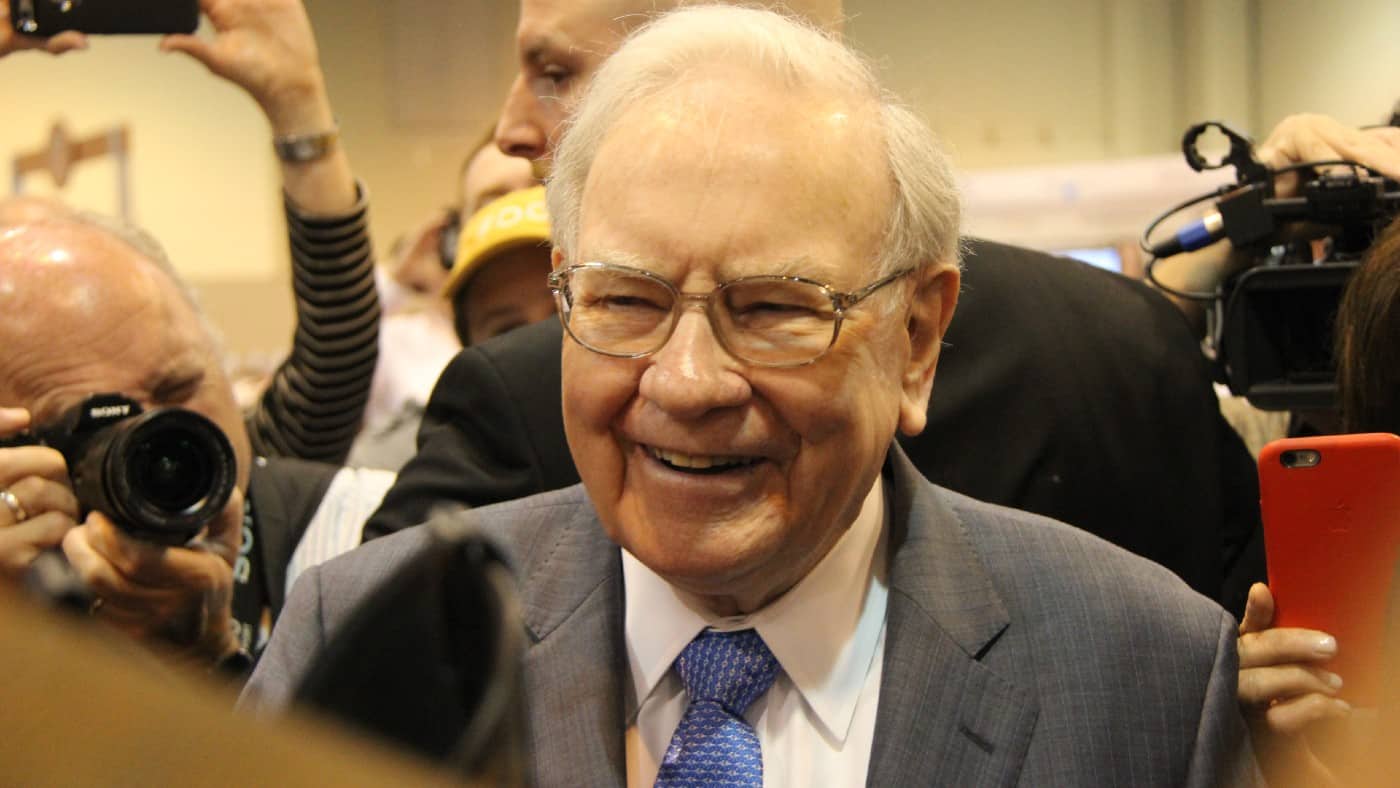There are lots of reasons why billionaire investor Warren Buffett has done so well.
He has invested in great companies. He has been active at times when the market was seriously undervalued. He had access to other people’s capital from an early stage in his long career.
But one simple move, that I can copy in my own investing, has undoubtedly made the Sage of Omaha billions.
Should you invest £1,000 in Apple right now?
When investing expert Mark Rogers has a stock tip, it can pay to listen. After all, the flagship Motley Fool Share Advisor newsletter he has run for nearly a decade has provided thousands of paying members with top stock recommendations from the UK and US markets. And right now, Mark thinks there are 6 standout stocks that investors should consider buying. Want to see if Apple made the list?
Doubling down on success
That move is known as compounding.
In other words, when Warren Buffett earns juicy dividends from a share he owns, he does not throw them at a fancied nag at the races, or even pay out dividends to shareholders in his own company. Instead, he reinvests them.
Buffett has gone as far as to say, “my life has been a product of compound interest“.
His late partner Charlie Munger was as big a fan. He said, “The elementary mathematics of compound interest is one of the most important models there is on earth”.
How compounding helps build fortunes
Remember as a child trying to fold a piece of paper, then fold it again and again, only to discover after around seven times that it simply could not be folded again?
The reason was that it was too thick. Compounding works along a similar principle – but without a necessary endpoint.
It is much harder to buy a share that doubles in value than to double a paper sheet’s height by folding it over. But imagine that I can increase the value of my portfolio by 10% per year.
After one year, each £100 would be worth £110. But the next year, 10% would mean an increase of £11. The following year, it would be 10% of £121: £12.10. Notice how the extra money is itself earning extra money? That is the essence of compounding.
Warren Buffett has been investing for around 83 years. If I compounded £100 in my Stocks and Shares ISA at 10% for 83 years, without putting in new funds, the ISA would be worth £388,783! Yes, you read that right.
Finding shares that produce great returns
In a way, it is actually easier for me as a small private investor to find shares that produce great returns than it is for Buffett. His portfolio is so big that few investments can really move the needle.
One that has in recent years is Apple (NASDAQ: AAPL). Buffett has been selling the stock in bucketloads over recent months – but it still remains a key part of his portfolio.
Let me use Apple to illustrate some of the characteristics I would look for when hunting for a share I hope could grow at a long-term compound growth rate of 10% annually (the tech giant is up 274% over the past five years, even without taking dividends into account).
It has a large, resilient target market. Apple has competitive advantages that give it what Warren Buffett calls a “moat”, from a strong brand to a unique ecosystem of products and services.
A key risk is lower cost competition and Apple’s revenues actually fell last year. But I still think it is a great business. I have no plans to buy its shares simply because I think its price-to-earnings ratio of 35 is too high.








